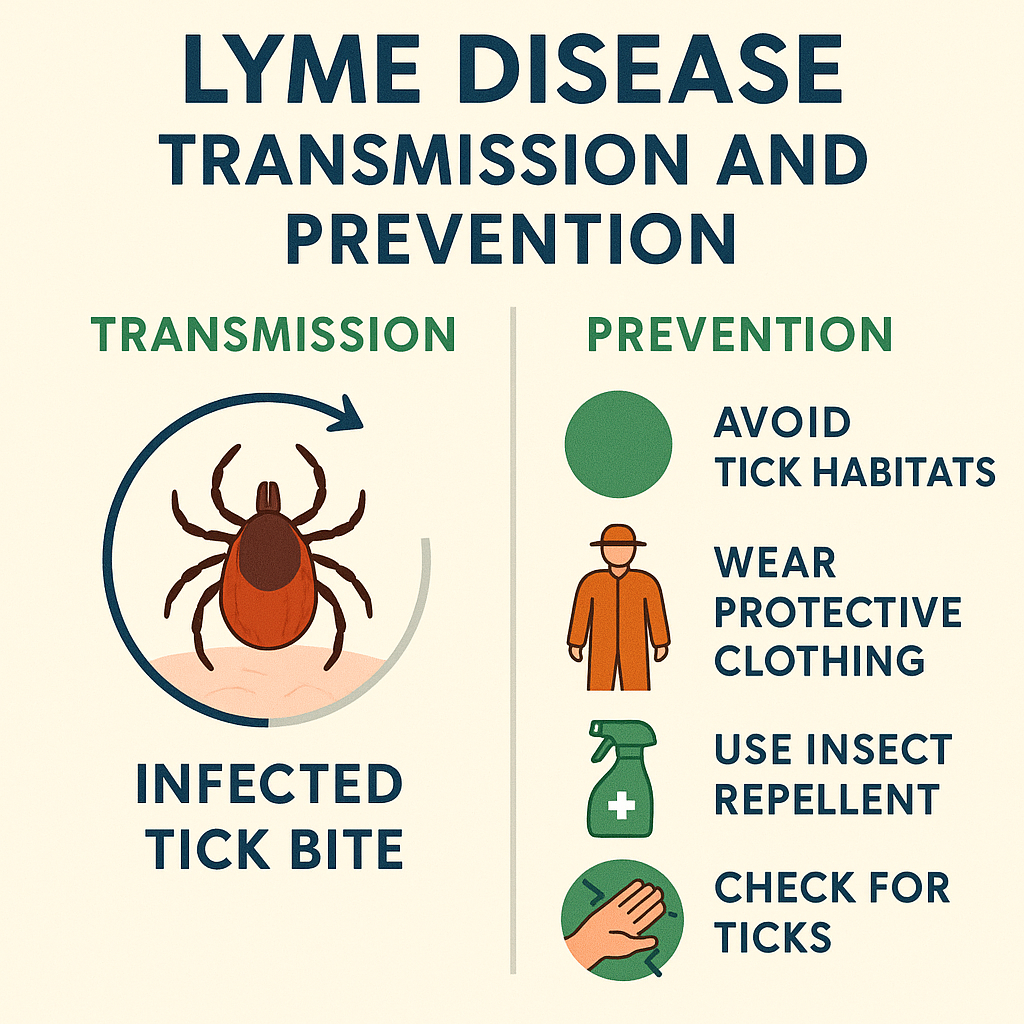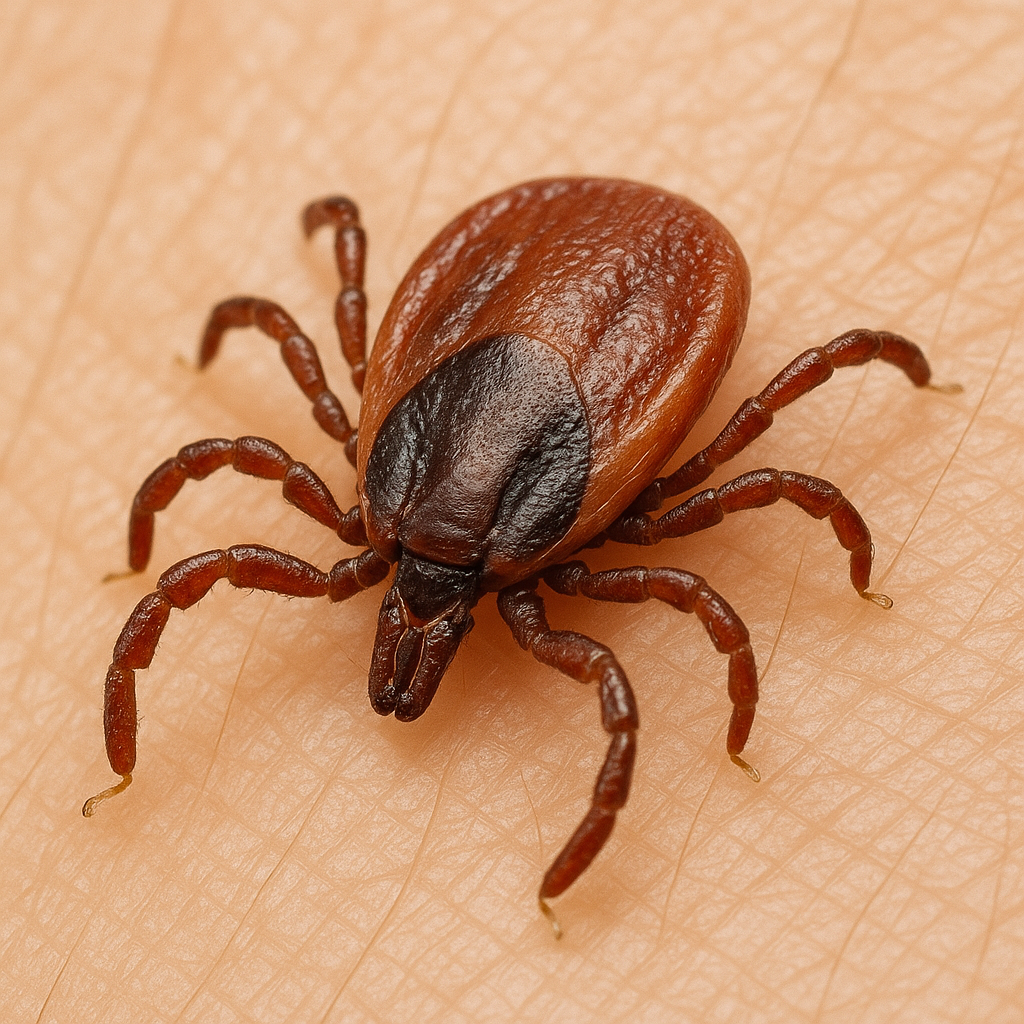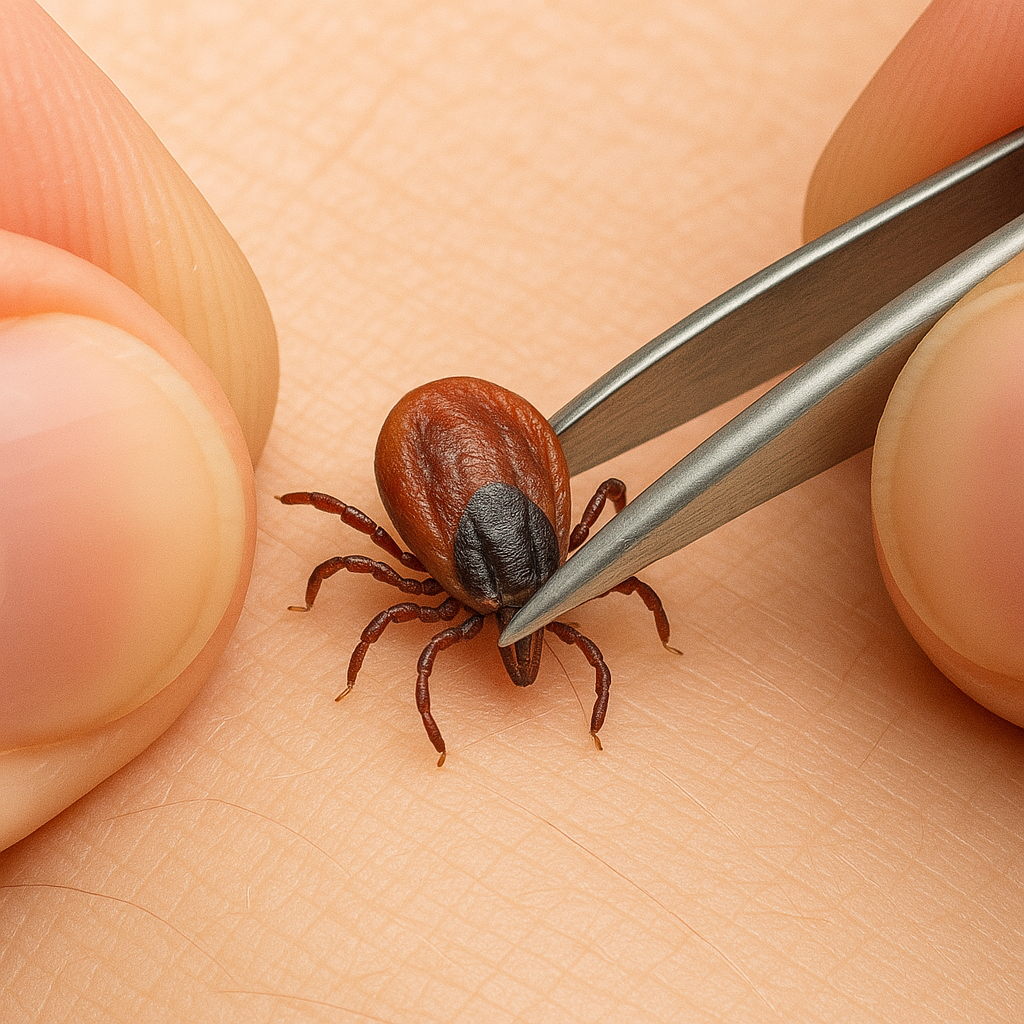Protect Yourself from Lyme Disease: Essential Prevention Tips
Understanding Lyme Disease
Lyme Disease: Transmission and Prevention Strategies
Personal Protection Against Tick Bites
Stay safe from Lyme disease by adopting effective personal protection measures. Wear long-sleeved clothing and tuck pants into socks to prevent ticks from reaching your skin. Use EPA-approved insect repellents on exposed skin and consider treating clothing with permethrin for added protection. After outdoor activities, perform thorough tick checks on yourself and pets, focusing on hidden areas like armpits and behind the knees.
Personal Protection: A Proactive Approach
- Cover Up: When in grassy, brushy, or wooded areas, wear long-sleeved shirts, long pants, and closed-toe shoes. Tucking your pants into your socks can create an important barrier. Wearing light-colored clothing makes it easier to spot ticks before they can attach.
- Use Repellent: Apply EPA-registered insect repellents to exposed skin. Look for products containing ingredients like DEET, picaridin, or IR3535. For your clothing and gear (like boots and camping equipment), consider using products with 0.5% permethrin. Permethrin is a pesticide that kills ticks on contact and can remain effective through several washes. Always follow the product instructions carefully.
- Stay on Trails: When hiking or walking in wooded areas, stick to the center of trails and avoid walking through tall grass, brush, and leaf litter where ticks are most likely to live.
- Check for Ticks: After spending time outdoors, perform a full-body tick check on yourself, your children, and your pets. Ticks often hide in moist or hairy areas, so pay close attention to armpits, behind the knees, in and around the hair, inside the belly button, and the groin. A shower within two hours of coming indoors can help wash away unattached ticks.
- Treat Your Pets: Pets can bring ticks into your home, which can then attach to a person. Talk to your veterinarian about appropriate year-round tick prevention products for your dog. Note that there is a Lyme disease vaccine for dogs, but not for humans.

Creating a Tick-Safe Zone
To minimize the risk of Lyme disease, it’s essential to manage your environment effectively. Start by clearing away tall grasses, brush, and leaf litter around your home. This reduces tick habitats and makes your yard less inviting to them. Implement a three-foot-wide barrier of wood chips or gravel between your lawn and wooded areas to limit tick migration. Regularly mow your lawn to keep grass short, and position playground equipment and patios in sunny areas, away from the woods. Additionally, stack firewood neatly in dry areas to deter rodents, which can carry ticks. Consider using fences or other deterrents to keep deer, a major tick source, out of your yard.

Steps for Tick Removal and Monitoring
If you find a tick, it’s crucial to remove it promptly and properly to reduce the risk of Lyme disease transmission. Use fine-tipped tweezers to grasp the tick as close to the skin’s surface as possible, pulling upward with steady, even pressure. Avoid twisting or jerking, which can leave parts of the tick in the skin. After removal, clean the bite area and your hands with rubbing alcohol or soap and water. Monitor the bite site for several weeks for signs of an expanding rash or flu-like symptoms. If symptoms develop, seek medical attention immediately. Document any rashes with photos to assist in diagnosis.
Monitoring After Tick Removal
After removing a tick, it’s important to watch for symptoms of Lyme disease. The most common early sign is an expanding red rash, often resembling a bull’s-eye. Other symptoms include fever, headache, fatigue, and muscle or joint aches. These can appear days to weeks after a tick bite. If you notice any of these signs, consult a healthcare provider promptly. Early detection and treatment are key to preventing more serious complications.

Current Status of Lyme Disease Vaccination
Exploring New Vaccines for Lyme Disease
Take Action Against Lyme Disease
Empower yourself with knowledge and proactive measures to prevent Lyme disease. Explore our resources to learn effective strategies for protecting yourself and your loved ones from tick bites. Stay informed and stay safe.
The Role of Vaccination
Currently, there is no licensed vaccine for Lyme disease available for human use in the United States. A vaccine called LYMERix was discontinued in 2002 due to insufficient consumer demand. However, new vaccines are in clinical trials. Until a safe and effective human vaccine becomes widely available, the best defense against Lyme disease remains a combination of proactive prevention and early detection.



